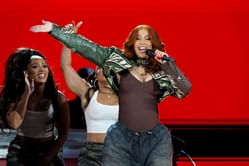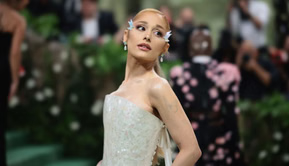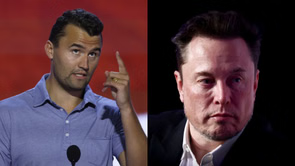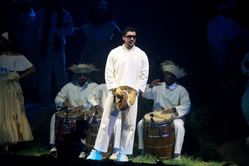
"The Big Bang Theory" is a popular American sitcom that aired on CBS from 2007 to 2019. The show was created by Chuck Lorre and Bill Prady, and it follows the lives of five friends, Leonard Hofstadter and Sheldon Cooper, two physicists who are roommates, Howard Wolowitz, an aerospace engineer, and Rajesh Koothrappali, an astrophysicist, and Penny, a waitress and aspiring actress who lives across the hall from Leonard and Sheldon.
The show mainly focuses on the comedic interactions between the main characters, and centers around their daily lives, including their work in the field of science, their relationships, and their interests in pop culture. The show also focuses on Sheldon's eccentric behavior, and his struggle to understand and interact with other people and the world around him.
The references of Seinfeld on Big Bang Theory

"The Big Bang Theory" frequently references the television show "Seinfeld" over the course of its 12 seasons run. Here are a few examples of Seinfeld references in "The Big Bang Theory":
In the episode "The Panty Pinata Polarization," Sheldon and Howard play a game of "Human Knot" and Sheldon says "I'm George, you're Elaine" referring to the characters in Seinfeld.
In the episode "The Apology Insufficiency," Sheldon is dresses like George Costanza from Seinfeld when he apologizes to Howard for his behavior.
In the episode "The Junior Professor Solution," Sheldon mentions to Penny that he and Leonard were "like the Kramer and Newman of 4A" referring to the characters from Seinfeld.
In the episode "The Jiminy Conjecture" Sheldon claims he's a "Seinfeld expert" and that the show is not a sitcom but a "show about nothing"
In the episode "The Apology Insufficiency," Sheldon tells Howard "I'm not a lesbian, I'm not Kramer"
In the episode "The Big Bran Hypothesis," Sheldon refers to a cereal box as "a cereal version of the Soup Nazi" a reference to Seinfeld's episode "The Soup Nazi"
In the episode "The Pulled Groin Extrapolation" Sheldon says that he and Penny are like George and Susan from Seinfeld, and he also mentions that Penny is like "Soup Nazi" for her apartment
In the episode "The Big Bang Theory", Sheldon and Leonard are discussing the "contest" episode of Seinfeld, in which the characters compete to see who can go the longest without pleasuring themselves.
In the episode "The Cooper-Hofstadter Polarization" Sheldon, Leonard, and Howard are discussing the "Soup Nazi" episode of Seinfeld.
In the episode "The Adhesive Duck Deficiency" Sheldon mentions to Howard that he's like Newman from Seinfeld.
In the episode "The Zazzy Substitution" Sheldon mentions that he and Leonard are like Jerry and George from Seinfeld
In the episode "The Jiminy Conjecture" Sheldon makes a reference to the "Festivus" episode of Seinfeld.
In the episode "The Big Bang Theory," Sheldon is dressed like George Costanza for Halloween, he also refers to the "Serenity Now" episode of Seinfeld.
In the episode "The Big Bang Theory," Sheldon mentions to Penny that he and Leonard are like "Cosmo Kramer and Jerry Seinfeld"
In the episode "The Hofstadter Isotope" Sheldon makes a reference to the "Bubble Boy" episode of Seinfeld.
These references to "Seinfeld" are used to add humor to the show and to appeal to the show's fans of the older series. It's a way to pay homage to one of the most iconic sitcoms of all time.
FAQs
Q. Who created The Big Bang Theory?
A. The Big Bang Theory was created by Chuck Lorre and Bill Prady.
Q. How many seasons of The Big Bang Theory are there?
A. The Big Bang Theory ran for 12 seasons from 2007 to 2019.
Q. Are there any spin-offs of The Big Bang Theory?
A. Yes, there is one spin-off of The Big Bang Theory called "Young Sheldon," which focuses on the childhood of Sheldon Cooper, one of the main characters in The Big Bang Theory.








